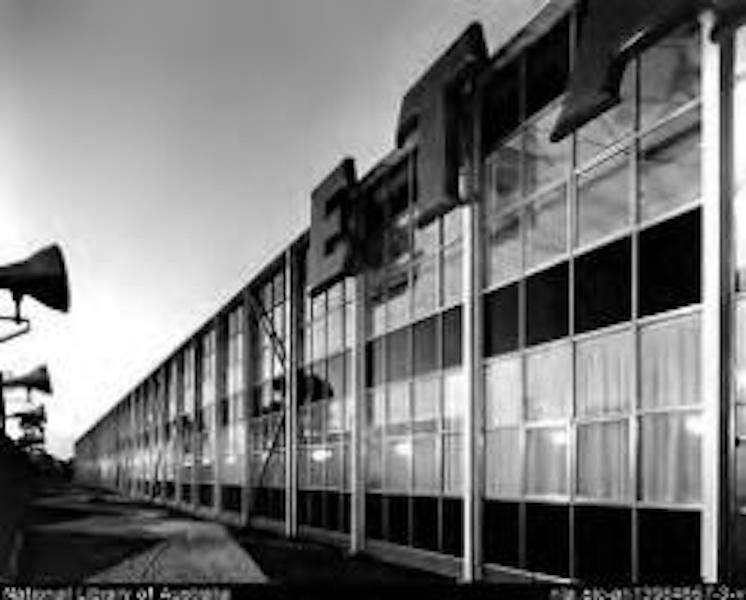Frederick Romberg and the Architecture of Migration
The exhibition on the Melbourne architect Frederick Romberg (1913-1992) raises polemical questions about migration and modernism in Australian architecture.
The exhibition thesis is articulated through the photographs of Wolfgang Sievers, Mark Strizic and Max Dupain, highlighting the significance of architectural photography in the public understanding of modern architecture. The project is a photographic exhibition of the work of the German-born, Swiss-trained Melbourne architect Frederick Romberg.
The exhibition examines the career of an architect whose work has been overlooked in the history of Australian architecture, although he was for almost a decade the third partner in the country’s most influential architectural practice of the 50s and early 60s, Grounds, Romberg and Boyd.
The exhibition examines the architecture of migration, and address certain assumptions concerning the development of modernism in Australia through a direct visual comparison of Romberg’s work with a selection of local and international sources.
Romberg was ahead of his time in commissioning leading architectural photographers to document his work in detail. Thus the exhibition will contain many hitherto unknown works by Sievers, Strizic and Dupain. This illustrates the dynamic relationship between the architecture of modernism and photography, which arose from the Bauhaus, in Germany in the 1920s.
The exhibition consists of 17 mural photographs, 1x2m of Romberg’s work accompanied by a cluster of smaller comparative images which position the larger prints in context. These comparative pieces include examples of European, American and local influences on Romberg’s work, the design themes explored in Romberg’s work and detail. It is in these comparisons and accompanying text that the polemic is developed.
Image: Wolfgang Sievers, ETA Foods Factory (1957), 1960 printed 2000. Exhibited at RMIT Gallery as a part of the Frederick Romberg and the Architecture of Migration exhibition.

